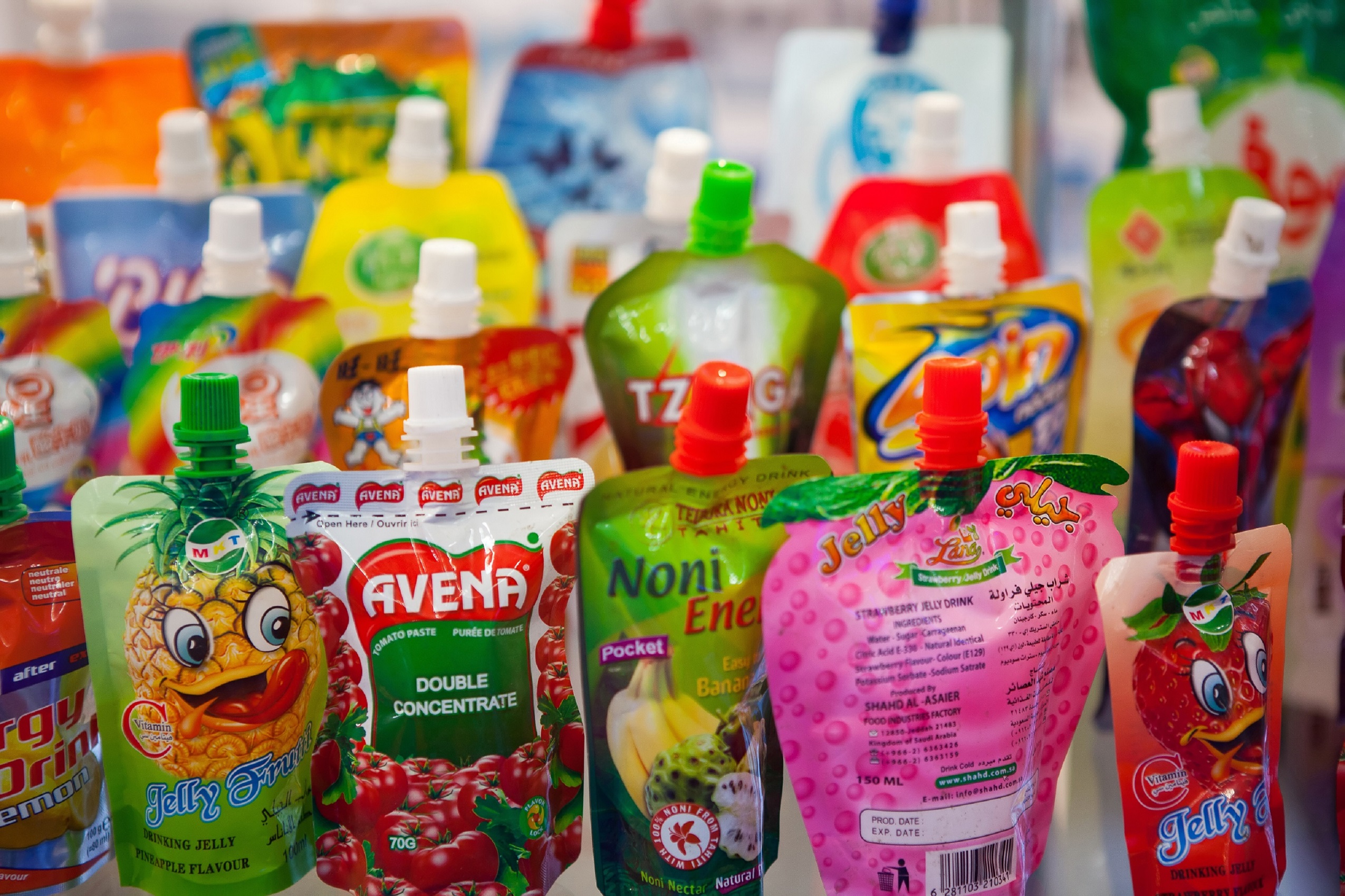Our basic food consists of many dry foods, among them sugar, flour, rice, pasta and legumes. Dry foods also include snacks, dry fruit, chocolate, coffee and more. It is supposedly easier to store and maintain over time, especially compared to fresh food, fruit, vegetables, milk products and meat. However, dry food also requires functional packaging to protect the packed food and allow it to fulfill its long shelf-life.
What should we look for in ideal packaging that protects dry food?
Packaging has a range of functions, most importantly it must ensure food safety. In the case of dry food, the greatest sensitivity is exposure to moisture. It can change the food texture, and promote growth of pollutants such as fungi, mold and bacteria, making it unfit for consumption. Additional properties to look for in packaging often also include protection from additional gases such as exposure to oxygen, odors, mechanical protection from product harm, ease of use, transport logistics and compact storage. Taking inro account marketing considerations, the packaging must be eye-catching, and provide relevant and reliable nutritional and marketing information that will remain legible and not rub off over time.
Another important packaging property does not only have to do with its impact on the product, but also on the environment. Today packaging must also be sustainable. It must be designed for recycling and to has small impact as possible on the environment.
A short visit to the supermarket shows that dry foods are packaged in a variety of packaging formats – from glass containers to paper and carton though rigid and flexible packaging in varied shapes. Each packaging format has its advantages and disadvantages. Which packaging meets the requirements? Up until recent years, plastic flexible packaging best met most requirements. However, its biggest disadvantage was that it could not be recycled due to the combination of different materials. Therefore, it failed the sustainability requirement. The development of a new technology enabled us at Polysack to offer new mono material flexible packaging based on Pack ‘N’ Cycle LC films. This packaging is made of only one material and therefore offers the best of all worlds, providing numerous advantages while also protecting the environment. The following are 5 benefits of using flexible packaging:
Improved and especially high moisture barrier
The sustainable flexible packaging we offer is optimally suited for dry food packaging. It is made entirely of only one polymer – HDPE, which undergoes a process of mono direction orientation (MDO). This polymer is known in the world for its especially high moisture barrier property, the most important property for dry food packaging. The MDO process increases the film’s moisture barrier capacity, especially when compared to PET/PE structures. Additional properties of MDO films include increased oxygen barrier capacity and enhanced mechanical and optical properties.
Fully recyclable packaging
In contrary to other packaging which contains different materials, whether plastic packaging made of a mixture of polymers, and some even an aluminum layer, or carton packaging with a transparent plastic window, Polysack’s dry food packaging bags are made of Pack ‘N’ Cycle LC film. As noted, this is a mono material, made of only one material, which is easy and simple to recycle in the HDPE waste recycling stream.
One film – multiple formats
Flexible film enables the production of varied packaging formats, among them stand up pouches, block bottom bags, pillow bags, flow wrappers, as well as sachets for portion packs. With this wide selection, the best-suited packaging format can be selected for the packaged product, also taking into consideration shipping and storage. Various solutions can be included in packaging design in order to improve customer ease of use, among them: a zipper for easy opening, a handle for easy carrying, and a cap for pouring directly into a plate or pot. These are also suitable for dry mix packaging, which is increasingly found on shelves in recent years.
The most attractive eye-catching packaging on the shelf
It is a known fact that we first buy with our eyes. Therefore, manufacturers invest great effort in attractive and colorful packaging design. With flexible packaging, a transparent window can be included, providing a glimpse of the package contents. This in addition to printing on a wide range of printing machines commonly used in industry that enable prominent and lively printing.
The green aspect of packaging
Alongside the benefits we listed, the effect of plastic on the environment cannot be avoided. Therefore, in choosing mono material flexible packaging it is important to know that, in addition to its 100% recyclability, it has a significantly lower carbon footprint compared to packaging made of paper/carton, aluminum or glass. Moreover, as a rule of thumb, when manufacturing packaging from these alternative materials twice the amount of energy and six-fold the amount of water are needed in the production process. Furthermore, the solid waste from these materials is five times greater compared to solid waste from plastic film, and the amount of greenhouse gases released from them is four times higher. Therefore, the greener choice, and the choice that is healthier for the environment, is flexible film packaging that can be recycled!
If you’re interested in learning more about our flexible packaging solutions, with all the advantages and benefits of dry food packaging, contact us for additional information.


